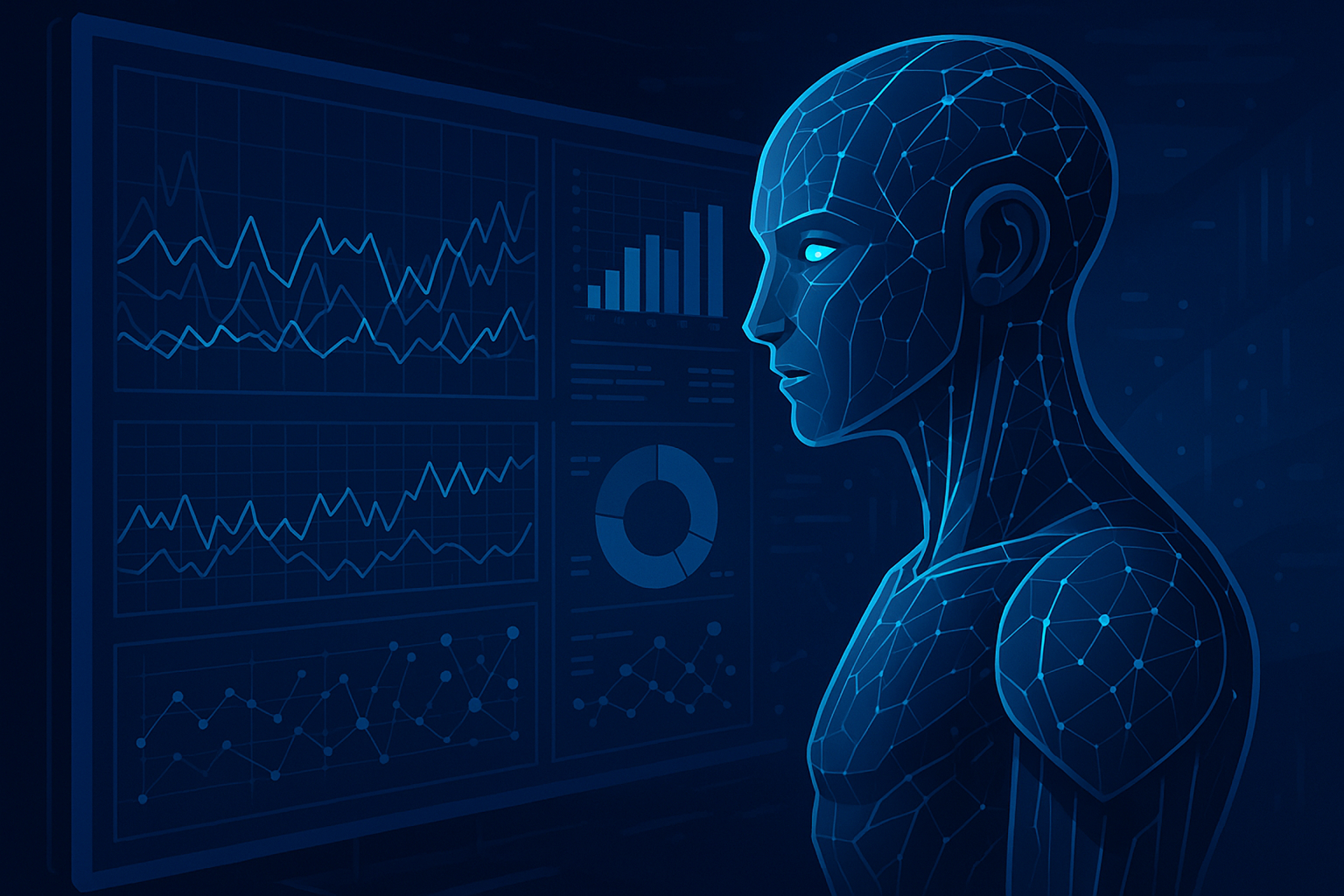
Introduction to Event Sourcing
Event Sourcing has been increasingly adopted by enterprises since the early 2000s, especially in domains like finance, healthcare, and logistics where data integrity and historical accuracy are paramount. Compared to other major architectures, such as microservices, Event Sourcing offers greater flexibility in state management but can introduce complexity in event handling and storage.
Comparing Event Sourcing to Microservices Architecture
Microservices architecture involves breaking down applications into smaller, independent services that communicate over APIs. While both Event Sourcing and microservices aim to decouple components, Event Sourcing focuses on capturing every change as an event, which can be more flexible but harder to manage. Microservices, on the other hand, offer clear boundaries and easier debugging but may lack the historical traceability of Event Sourcing.
Major Components of Event Sourcing
Event Sourcing consists of several key components:
1. Event Store: |
A repository where all events are stored. This allows the system to rebuild its state by replaying events. |
2. Event Producers: |
These are the sources of events, such as user actions, system changes, or external inputs. |
3. Event Consumers: |
These components react to events, performing actions or updating states based on the events received. |
4. Event Handlers: |
Functions or services that process events and apply the necessary changes to the system. |
Pros
Auditability
Every change is recorded as an event, providing a complete audit trail.
Traceability
The system's state can be traced back to any point in time by replaying events.
Flexibility
The ability to rebuild state from events allows for easy recovery and migration.
Cons
Complexity
Managing and storing a large number of events can be challenging.
Performance
Replaying events to rebuild state can be time-consuming.
Consistency
Ensuring data consistency across events requires careful design.
“In a world of constant change, every event is a truth. With AI, we don't just remember the past—we predict the future.”
Mitigation Strategies
To mitigate these cons, several strategies can be employed:
1. Granular Events: |
Make events granular enough to be easily understood and managed. |
2. Anti-Corruption Layer (ACL): |
Use ACLs to transform and filter data, ensuring it conforms to the common model. |
3. Idempotency Keys: |
Add idempotency keys to events to prevent unintended side effects from multiple processing. |
4. Documentation: |
Maintain clear documentation of standards and conventions through Architectural Decision Records (ADR). |
The Potential of AI in Event Sourcing
Integrating AI into Event Sourcing can unlock new potentials and mitigate existing challenges:
Pros
Enhanced Decision Making
AI can analyse events and make intelligent decisions, improving system responsiveness.
Predictive Analytics
AI can predict future events based on historical data, enabling proactive actions.
Automated Event Handling
AI can automate the handling of events, reducing manual intervention and errors.
Cons Mitigation
Complexity Reduction
AI can simplify the understanding and management of event flows by providing insights and recommendations.
Improved Debugging
AI can trace event chains and identify issues more efficiently.
Consistency Assurance
AI can monitor and ensure data consistency across events, reducing the risk of discrepancies.
Conclusion
Event Sourcing, when combined with AI, offers a powerful framework for building intelligent and responsive systems. By leveraging the strengths of both Event Sourcing and AI, organizations can create scalable, flexible, and proactive applications that meet the demands of today's dynamic environments.









